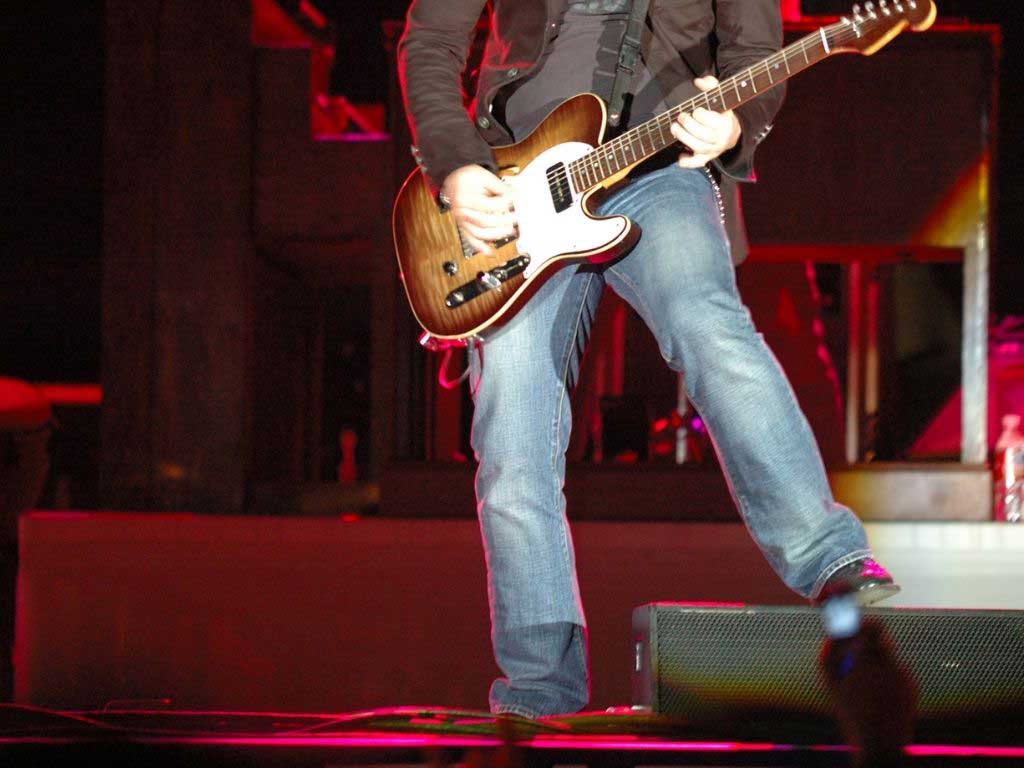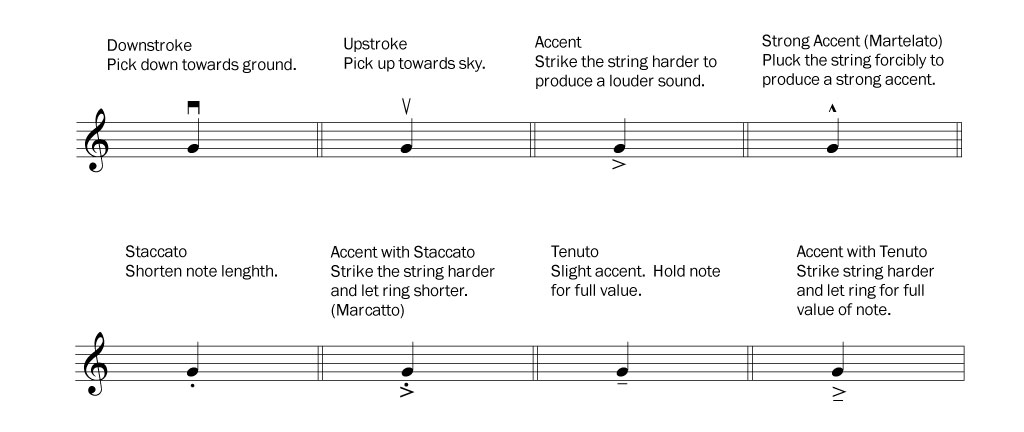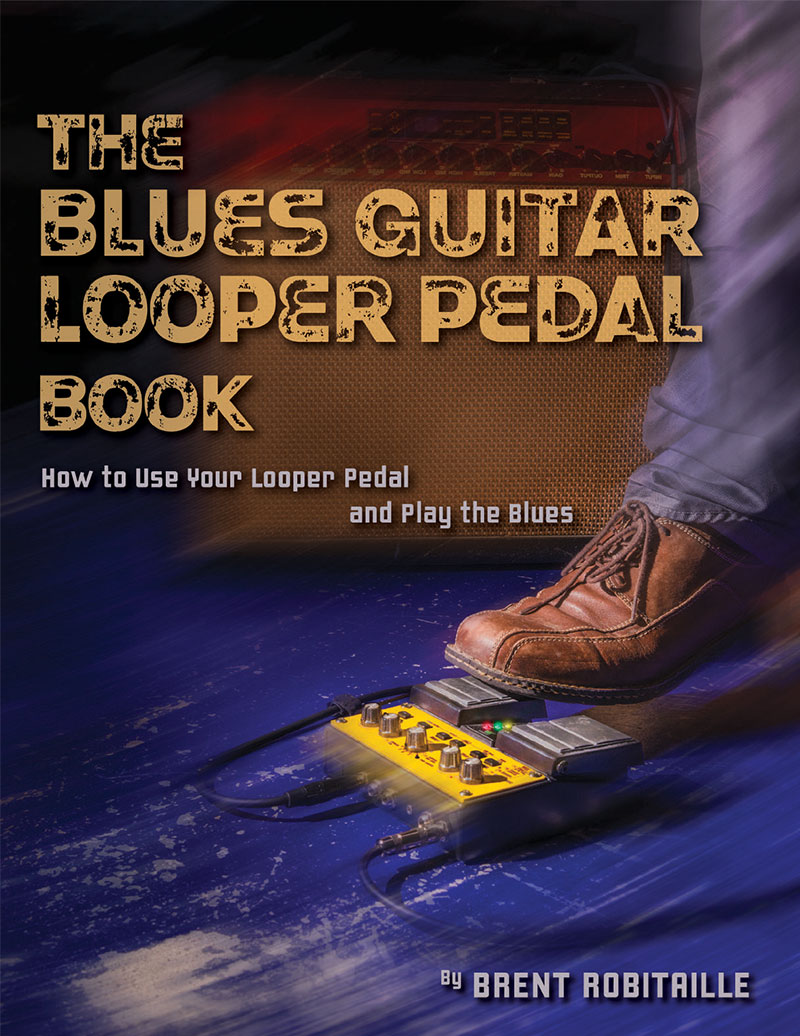It can be overwhelming but relax, take a breath, and absorb these timeless tips for jamming a flawless solo.
1) Less is more and more is more.
Musicians often add too many notes to their solos by relying on familiar patterns. Many or fewer notes are both good combined with genuine soul and conviction. There is a time and place for speed, so use it wisely.

2) Know the Melody
Some of the greatest solos simply play the main hook or melody straight up or with a variation. First, identify what the main hook or melody is. Second, add and subtract notes from the main hook so that a listener can always recognize where you are. This is often called shadowing or weaving around the melody. It’s not the exact melody or hook but pretty damn close.
“Don’t play what’s there, play what’s not there” – Miles Davis
3) Chord Harmony
Make sure you know the chords that are being played while you solo. Beginners often rely on their ear too much whereas if you know the chords, you could simply play around the chord tones (notes in a chord) or arpeggios. An arpeggio is the notes of a chord played one at a time. For example, the notes in a C chord are C E G, so a C arpeggio is also C E G played as separate notes.

4) Create a Hook
Create a hook or memorable part in your solo and repeat it a few times so the listener can recognize familiar patterns. Often musicians learn a few scales than just noodle around without any unity or melodic contour. Repetition is an easy way to create interest and develop a solo.

5) Sequences
Use note sequences. A sequence is where you play a group of notes then repeat them higher or lower down the scale. For example, let’s create the first group of notes: C E G E, now let’s move them up the scale by one note: D F A F. So, C in the first group goes up to D, E goes up to F, and so on.
If you are a composer or songwriter, check out these 3 mental tricks to further expand your musical abilities.
“The best composers are also the best improvisers” – Chris Mann
6) Call and Answer
An old favourite tracing back to the early blues music. Call and answer is exactly as it sounds. Play a riff and pause, then play a variation on the riff higher or lower that answers the first riff. You are trying to create a conversation between the two riffs like two people talking.

7) Create rhythmic or harmonic tension and release.
Create rhymic and/or harmonic tension then release. Rhythmic tension is where you play a group of fast notes creating tension then release with slower notes. Play a quick run up the scale to create tension, then hold or play slower notes to balance and release the tension. Harmonic tension is when you play notes that are not in the underlying chord creating a tension or dissonance.
For example, if you are soloing over a C chord (C E G) and play a D or a B, which is not in the C chord you will create a slight tension according to traditional harmony. Music is based on tension and release.

8) Form and Structure
Consider the form to structure your solo. Most pop or rock solos are about 4 to 12 bars long unless you are playing jazz where solos typically last for 32 or 64 bars. Try to plot out where the highs and lows will be in your solo.
Here are a few examples, 1) gradually build the intensity of your solo by playing faster and faster until you reach a climatic point – this is often called the Hollywood ending, 2) take a cue from art and apply the golden section rule which means to time the climatic part of the solo about 2/3’s of the way through, then gradually dissipate the energy.

9) Know Your Vocabulary
There are two vocabularies I’d like to mention.
1) Study all the articulations and nuances of your instrument. This means practicing dynamics, slides, glissandos, staccato, sluring, for string players: tapping, hammer-ons, pull-offs, slides, vibrato, whammy bar for guitarists, muting, rakes, all types of string bending for string players), to mention a few.
2) Thoroughly study the genre you are improvising to. For example, if you are playing blues, memorize as many cliché riffs and standard 12 bar blues chord progressions as possible. Living and breathing the musical genre you are working in is essential.

10) Take the Time to Listen
Listen. I’m sure you have read this before but realize there are two ways to listen.
1) Listen to other musicians, how they play, their articulations, phrasing, communication between other instruments and how they connect to the listener.
2) Perhaps most important is listen to how you sound. A pro can take a cheap guitar or violin and still make it sound good. They can feel the resonance of the instrument and make it sing.

The simple ideas are still the most powerful
I remember playing at a well-established music festival and thinking, wow, I played great, only to hear the sound man tell me it sounded harsh, and I needed to work on my tone. I realized at that moment that it wasn’t about the notes; it’s about how you sound.
If you play guitar, it could be about your nails or the electronic effects you use; for keyboard players, all about the sound patches and samples on your keyboard; for a violinist, all about where the bow crosses the 5 points of string contact.
The list goes on…
Tone is crucial for all musicians and is an excellent place to start creating flawless solos.
Add more improvising tips in the comments below and subscribe for more free lessons.
The Pop Rock Guitar Looper Pedal Book
Learn how to use your looper pedal and improve your pop & rock guitar playing in the Pop Rock Guitar Looper Pedal Book.30 practice loops from 2 to 16 bars divided into 5 separate parts: riffs, bass, chords, rhythm, and an extra optional part. Also, instructional materials on looping and improvising tips, pop & rock chord progressions, scales & fingerboard charts. 168 pages.
How to Use Your Guitar Looper Pedal to Play Pop Rock Music
The Blues Guitar Looper Pedal Book
In the Blues Guitar Looper Pedal Book, you will learn how to use your guitar looper pedal and play the blues like a pro. The looper pedal is an excellent companion for any blues guitarist. Master essential looping techniques while your improve your blues guitar playing.


